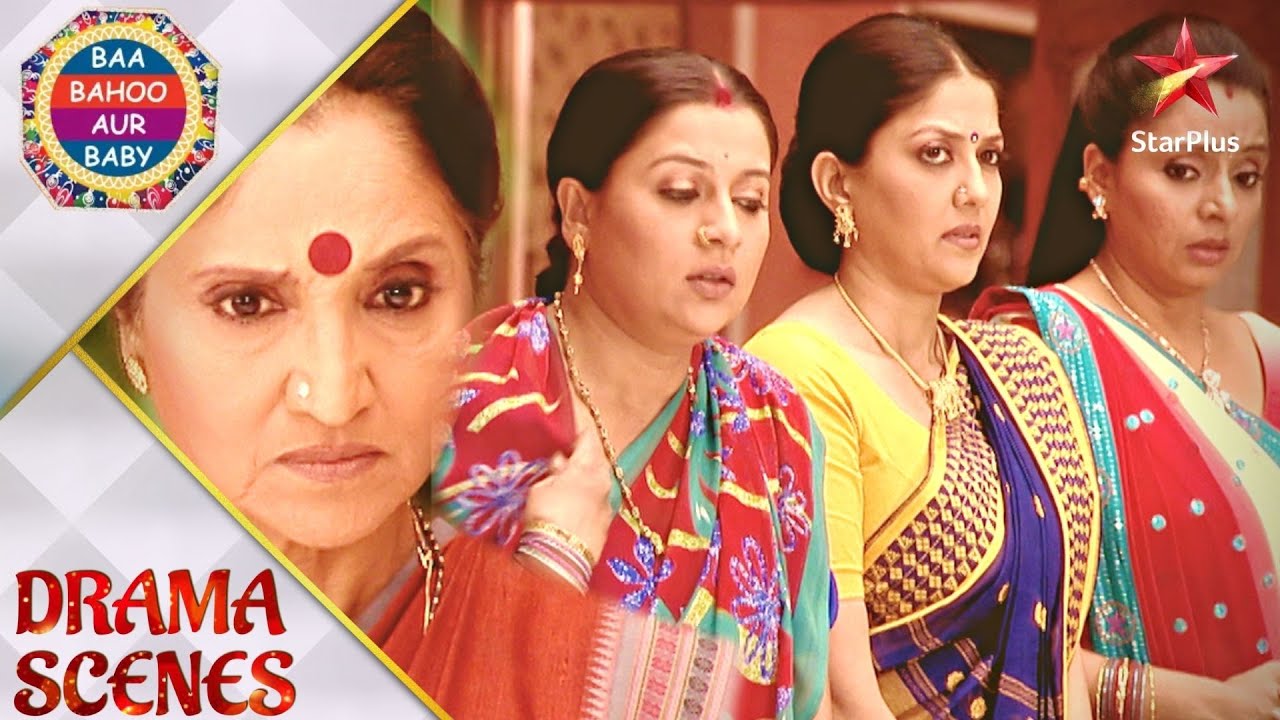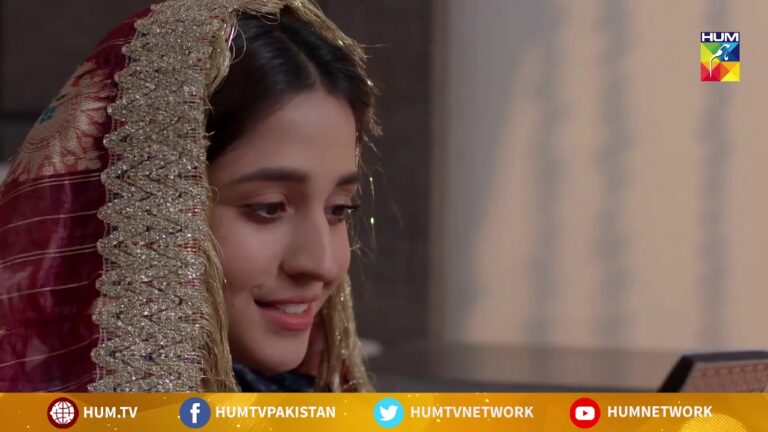Baa Bahoo Aur Baby Drama Review: Baa Bahoo Aur Baby (English: Mom, Daughter-in-Law and Baby) is an Indian Hindi-language soap opera that aired on Star Plus from 5 August 2005 to 21 February 2010. Produced by Hats Off Productions, the series starred Sarita Joshi, Deven Bhojani, Harshad Chopda, and Benaf Dadachandji.
Plot:
The series revolves around the Thakkar family, a Gujarati joint family living in Mumbai. The story explores the lives of the family members, their relationships, and the challenges they face. The show is known for its humor, heartwarming moments, and relatable portrayal of family dynamics.
Strengths:
- Relatable Characters: The characters in Baa Bahoo Aur Baby were relatable to a wide audience, particularly middle-class families in India. The show’s portrayal of everyday life, family dynamics, and interpersonal relationships resonated with viewers, making them feel connected to the characters and their journey.
- Strong Female Characters: The show featured strong and inspiring female characters, such as Godavari Thakkar (Sarita Joshi), who was the matriarch of the family, and Meera Thakkar (Monika Singh), who was a young and independent woman. These characters challenged traditional stereotypes and served as role models for many women.
- Humor and Heartwarming Moments: Baa Bahoo Aur Baby was known for its humor and heartwarming moments. The show often featured light-hearted and comedic scenes that brought joy to viewers. Additionally, the show also had many touching moments that showcased the love and bond between the family members.
- Cultural Relevance: The show’s depiction of Gujarati culture, traditions, and customs was authentic and relatable to viewers from that community. This added a layer of authenticity and relatability to the narrative, further connecting with the audience.
Weaknesses:
- Lengthy Runtime: Spanning over 1000 episodes, the series was criticized for its excessive length. This sometimes led to repetitive plotlines and a feeling of dragging, impacting the overall pace and viewer engagement.
- Melodramatic Tropes: As with many Indian soap operas, the show relied on melodramatic plot twists and tropes. While these elements were popular with segments of the audience, they could feel excessive and unrealistic to others.
- Shifting Focus: The series initially focused on the central character of Godavari Thakkar but gradually incorporated new characters and storylines. This occasionally shifted the focus away from the core narrative, potentially confusing or alienating some viewers.
Overall Impact:
Despite its limitations, Baa Bahoo Aur Baby remains a significant contributor to Indian television history. It captivated audiences for years with its relatable characters, engaging storyline, and portrayal of societal themes. The series established Sarita Joshi and Deven Bhojani as household names and paved the way for further exploration of complex female characters and family dynamics on Indian television.
Additional Considerations:
- Cultural Context: Understanding the cultural context of Indian soap operas is crucial when evaluating shows like Baa Bahoo Aur Baby. Melodramatic elements and lengthy narratives, while potentially seen as flaws globally, often contribute to viewer engagement within the specific genre.
- Legacy and Fandom: Despite potential criticisms, the show continues to hold a special place in the hearts of many viewers. Dedicated online communities and nostalgic discussions are testaments to its lasting impact and ability to connect with audiences.
Beyond the Surface: A Deeper Dive into Baa Bahoo Aur Baby
While the previous section provided a comprehensive overview of Baa Bahoo Aur Baby, let’s delve deeper into its complexities to gain a richer understanding.
Strengths:
- Progressive Portrayal of Disabilities: The show, while not without its limitations, offered a progressive portrayal of disabilities through the character of Gattu, a mentally challenged young man. While not explicitly stated, the show subtly challenged societal stigma and encouraged empathy towards individuals with disabilities.
- Humor as a Coping Mechanism: The show’s effective use of humor served as a coping mechanism for the characters and the audience. It offered moments of respite from the challenges and conflicts faced by the family, fostering a sense of connection and relatability.
- Evolving Family Dynamics: Baa Bahoo Aur Baby showcased the evolving nature of family dynamics in modern India. It addressed challenges like generational differences, changing social norms, and the complexities of joint families, offering a realistic portrayal of family life in a changing society.
Weaknesses:
- Reliance on Tropes: The show, despite its positive aspects, relied on certain overused tropes in Indian soap operas. These included unnecessary misunderstandings between characters, dramatic near-misses to avoid resolving conflicts, and the over-the-top portrayal of emotions in certain situations.
- Shifting Moral Compass: Some viewers criticized the show’s shifting moral compass in later seasons. Certain characters, initially depicted in a positive light, engaged in questionable behavior, leading to confusion and disappointment among some viewers.
- Limited Character Development: While the show featured a diverse cast, the focus primarily remained on Godavari and her immediate family. This limited the development of other characters, potentially leaving them one-dimensional in the eyes of some viewers.
Legacy:
- Pioneering Realistic Family Drama: Baa Bahoo Aur Baby played a pivotal role in pioneering a new wave of realistic family dramas on Indian television. It moved away from the exaggerated portrayals prevalent in earlier shows and offered a more nuanced and relatable depiction of family life.
- Celebration of Diversity: The show celebrated diversity by showcasing characters from various backgrounds and with different personalities. This resonated with a wider audience and challenged the notion of a homogenous Indian family structure.
- Enduring Cultural Touchstone: Despite concluding in 2010, Baa Bahoo Aur Baby remains a cultural touchstone. Its memorable characters, iconic dialogues, and comedic moments continue to be referenced and discussed, showcasing its lasting impact on popular culture.
Conclusion:
Baa Bahoo Aur Baby offers a captivating glimpse into Indian society and family dynamics. The series, while not without its flaws, resonated with viewers for its relatable characters, engaging storyline, and portrayal of everyday challenges. Its legacy lies in its contribution to shaping the landscape of Indian television and leaving a lasting impression on audiences.










+ There are no comments
Add yours